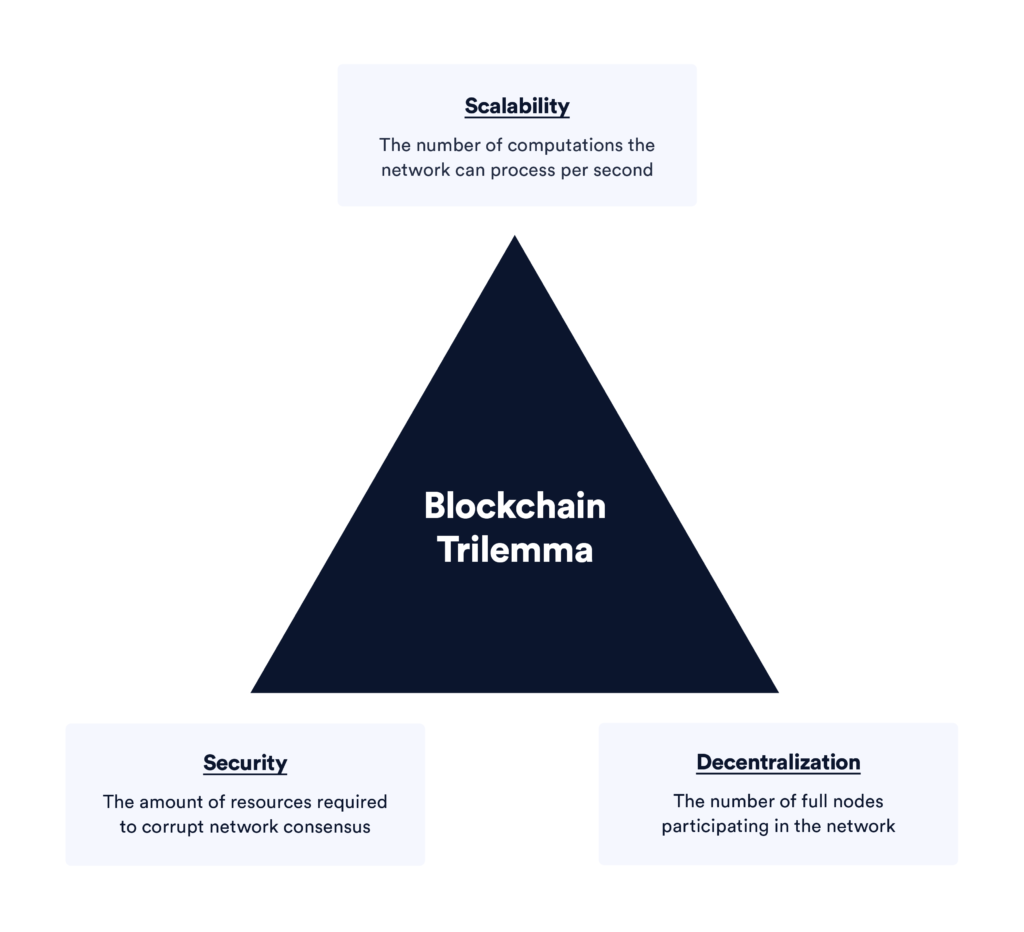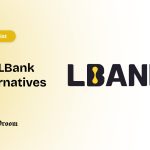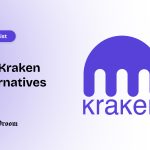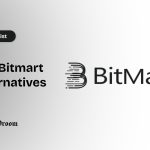The blockchain trilemma – achieving scalability, security and decentralization simultaneously – remains a central challenge in the development of blockchain technology. It’s understood that any blockchain, from Bitcoin to Ethereum, wrestles with this trilemma, often optimizing for two of the three aspects at the expense of the third.
- Why is Solving the Blockchain Trilemma Important?
- Decentralization (How Many Nodes are Running the Blockchain?)
- Scalability (What is The Throughput? How Many TPS are There?)
- Security (How Attack Resistant is the Network?)
- Unique Approach to Solving the Blockchain Trilemma
- Bringing It All Home
Solving the blockchain trilemma would mean creating a network that simultaneously maximizes decentralization, security and scalability without compromising any aspect – enabling high transaction throughput, multi-layered security to prevent breaches, mass adoption and a decentralized structure that aligns with the core ethos of blockchain i.e. trust and censorship resistance.
Why is Solving the Blockchain Trilemma Important?

Mirroring Neo’s struggle to balance forces within the Matrix, blockchain developers grapple with a three-pronged challenge. This trilemma is crucial because it showcases the inherent trade-offs developers face when trying to optimize the following crucial aspects:
Decentralization (How Many Nodes are Running the Blockchain?)
Maintains the democratic ethos of blockchain by ensuring
- All nodes have the same rights so as to prevent manipulation
- Makes it resilient to disruptions by eliminating single points of failure and,
- Makes 51% attacks significantly more difficult.
However, there may be trade-offs in the case of achieving high transaction throughput (TPS) in highly decentralized networks, which hinders scalability.
Scalability (What is The Throughput? How Many TPS are There?)
Scalability is most likely the most problematic feature to incorporate into modern blockchain networks and is incredibly crucial for global adoption.
Real-world applications of blockchain like financial services, supply chain management and more necessitate the need for the network to handle a large number of transactions quickly and efficiently.
To give you an idea, Bitcoin processes around 7 TPS and Ethereum about 30 TPS while Visa handles approx 1700 TPS with the capability to go up to 24,000 TPS.
Security (How Attack Resistant is the Network?)
Last but not least, we have security and without it, blockchains would be completely useless as everyone would have the ability to disrupt ledgers and even manipulate them.
The open-source nature of blockchains, while a potential vulnerability, it rarely leads to exploits in established networks like Bitcoin. But, security comes at a cost. Resource-intensive consensus mechanisms like PoW are used but this hinders scalability as the network grows.
Making a point of this, the conclusion is that solving the blockchain trilemma is vital for enhancing TPS, greater security and maintaining true decentralization to prevent centralization risks.
Unique Approach to Solving the Blockchain Trilemma
Innovations like Layer 2 networks, sharding and hybrid consensus mechanisms are advancing towards achieving the balance and amid these developments, Quranium has emerged as a formidable solution uniquely designed to tackle the trilemma through its hybrid architecture and innovative consensus approaches.
Leveraging a dual-layer setup that combines PoW with PoR within a BlockDAG framework, Quranium provides a balanced solution that enhances scalability without compromising security or decentralization. That’s a mouthful, isn’t it? Let’s break it down.
How Does Quranium Addresses the Blockchain Trilemma?
Quranium successfully addresses the blockchain trilemma by integrating advanced mechanisms that ensure decentralization, security and scalability are all optimized concurrently.
Decentralization through Hybrid Consensus and Proof of Respect (PoR)
Quranium enhances decentralization with a unique hybrid consensus approach and its innovative Proof of Respect (PoR) mechanism. This is what sets Quranium apart in the midst of various protocols.
In case you’re curious, the “hybrid consensus approach” mentioned is essentially Quranium’s dual-layer system that leverages Proof of Work (PoW) for the core layer and Proof of Respect (PoR) for the crust layer.
“Quranium’s hybrid consensus mechanism, blending Proof of Work (PoW) with BlockDAG, presents a novel solution to the blockchain trilemma of scalability, security, and decentralization. The synergy between these layers, especially with the innovative Proof of Respect (PoR), enhances network integrity and efficiency. This dual-layer system optimizes transaction throughput and fosters a fair and decentralized network. By dynamically ranking validators and encouraging positive behavior, Quranium ensures a robust, scalable, and inclusive blockchain environment, setting new standards for the industry.”
James Bernard, Advisor to Quranium.
What Is Proof of Respect (PoR)?
PoR is a novel consensus mechanism introduced by Quranium, which advances beyond traditional Proof of Stake. It is a key component in solving the blockchain trilemma.
PoR not only measures the computational work done by nodes just like PoW but goes beyond and considers the quality and helpfulness of contributions by nodes to the network so that nodes making meaningful and impactful contributions are supremely rewarded in the ecosystem rather than one solely dominated by raw computational power.
Quranium’s PoR consensus is pivotal in solving the blockchain trilemma as it incorporates social metrics that reduce the likelihood of attacks as malicious actors are less likely to gain respect and influence, while also promoting a broader distribution of power.
Scalability via BlockDAG Technology and Layer Separation
In its pursuit of solving the blockchain trilemma, Quranium achieves scalability through two main innovations:
Layer Separation for Enhanced Scalability
Firstly, Quranium separates the data finality layer from the smart contract deployment layer. The data finality layer focuses on confirming and recording transactions, while the smart contracts deployment layer handles the execution of complex programmable transactions.
By separating these two functions, Quranium ensures that the network can handle large volumes of transactions efficiently without compromising other operations, a crucial step in solving the blockchain trilemma.
BlockDAG for Smart Contracts
Secondly, the smart contract deployment layer utilizes a BlockDAG framework instead of a traditional blockchain. Unlike traditional blockchains that organize transactions into a single chain of blocks, Quranium utilizes a BlockDAG framework.
What it does is that it allows multiple blocks to be added to the network simultaneously which significantly increases the transaction throughput. It ultimately means faster confirmation times due to the parallel processing capabilities of the blockchain.
BlockDAG not only allows for multiple blocks to be created in parallel but also minimizes the issues related to orphaned blocks and forks ultimately ensuring smoother network operation and faster consensus. The BlockDAG architecture is instrumental in solving the blockchain trilemma by enhancing scalability without sacrificing security or decentralization.
The interesting part here to be noted is that there is no tradeoff between scalability and security as the efficiency of WOTS+ supports Quranium’s needs for high TPS without compromising security.
Quantum Resistant Security Measures
Addressing another aspect of solving the blockchain trilemma, Quranium prepares for the quantum threat. Mathematician Peter Shor’s quantum algorithm presents a significant threat to widely used cryptographic systems like RSA, Diffie-Hellman and ECC. Shor’s algorithm can potentially break the security of these systems once quantum computers become sufficiently powerful.
Professor Massimiliano Sala from the University of Trento, Italy, recently discussed the concept of “Q-day” – the moment when quantum computers could break traditional encryption. He said,
“Quantum computers could easily solve problems that are foundational to digital signatures, thus potentially undermining the mechanism that protects users’ assets on blockchain platforms.”
Professor Massimiliano Sala from the University of Trento, Italy

Source: Distributed Futures
Quranium addresses this impending doom by incorporating quantum-resistant cryptographic methods such as SPHINCS+ within its blockchain framework. SPHINCS+ is a NIST-approved post-quantum cryptography solution that safeguards against both current and emerging cyber threats, integral to solving the blockchain trilemma.
“SPHINCS+ represents a monumental leap in blockchain security, particularly for technologies like Quranium. Its hash-based signature scheme, inherently resistant to quantum decryption methods, ensures robust protection against emerging quantum threats. Unlike traditional algorithms such as ECC and RSA, SPHINCS+ does not rely on mathematical problems that quantum computers can potentially solve. By integrating SPHINCS+, Quranium not only future-proofs its infrastructure but also offers flexible security configurations, making it a formidable option in the ever-evolving landscape of digital ledger technologies.”
Zeeshan Khan, Co-founder & COO, Quranium.
It’s a stateless, hash-based signature scheme that can adjust how large or small the signature needs to be depending on the security and speed required.
Bringing It All Home
In wrapping up, it’s clear that solving the blockchain trilemma is a monumental yet fascinating challenge. Balancing decentralization, security and scalability isn’t just a technical hurdle; it’s about defining the future of how we interact with and trust digital systems.
Quranium’s innovative combination of PoR and BlockDAG ensures that it effectively balances and maximizes decentralization, security, and scalability, providing a comprehensive solution to the blockchain trilemma. The beauty of Quranium’s infrastructure lies in its hybrid approach, seamlessly stitching together the best of all worlds without compromising any aspect.
By leveraging PoW for the core layer and PoR within a BlockDAG framework for the crust layer, Quranium achieves an environment where high transaction speeds are possible without sacrificing security or decentralization. This dual-layer system allows each layer to optimize for its specific functions: PoW provides robust security for data finality, while PoR enhances scalability and efficiency for smart contract deployment.
These advancements show that it’s possible to achieve high transaction speeds without sacrificing the core principles of security and decentralization.
Quranium’s approach exemplifies how thoughtful design and innovative technologies can overcome the blockchain trilemma, paving the way for mass adoption and the next generation of blockchain applications.



















